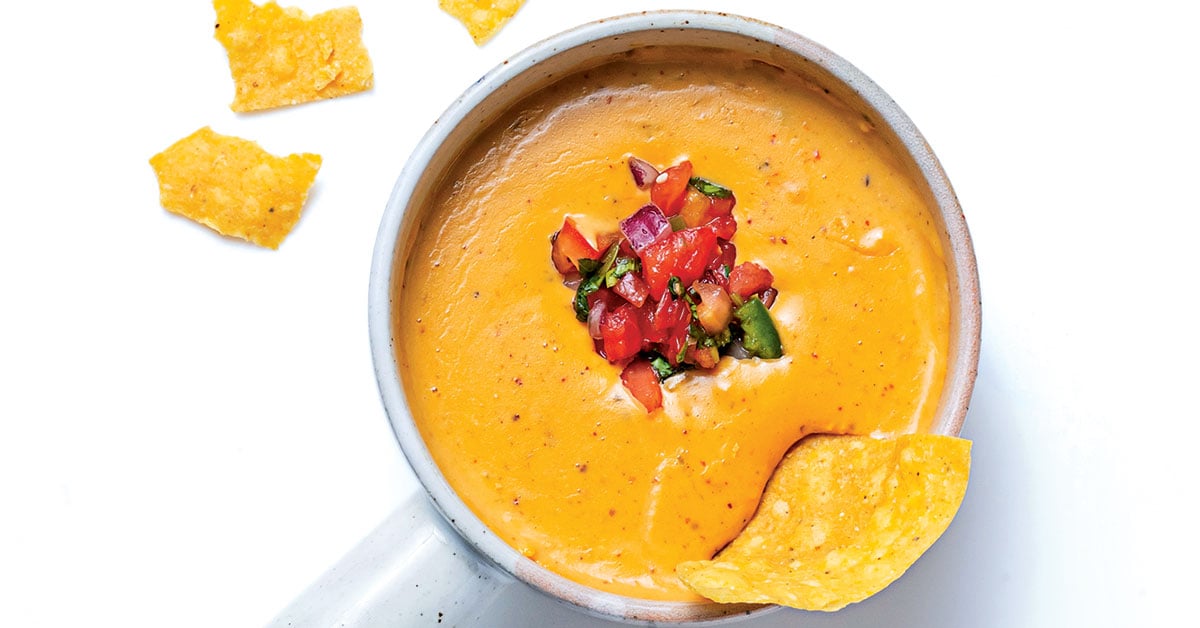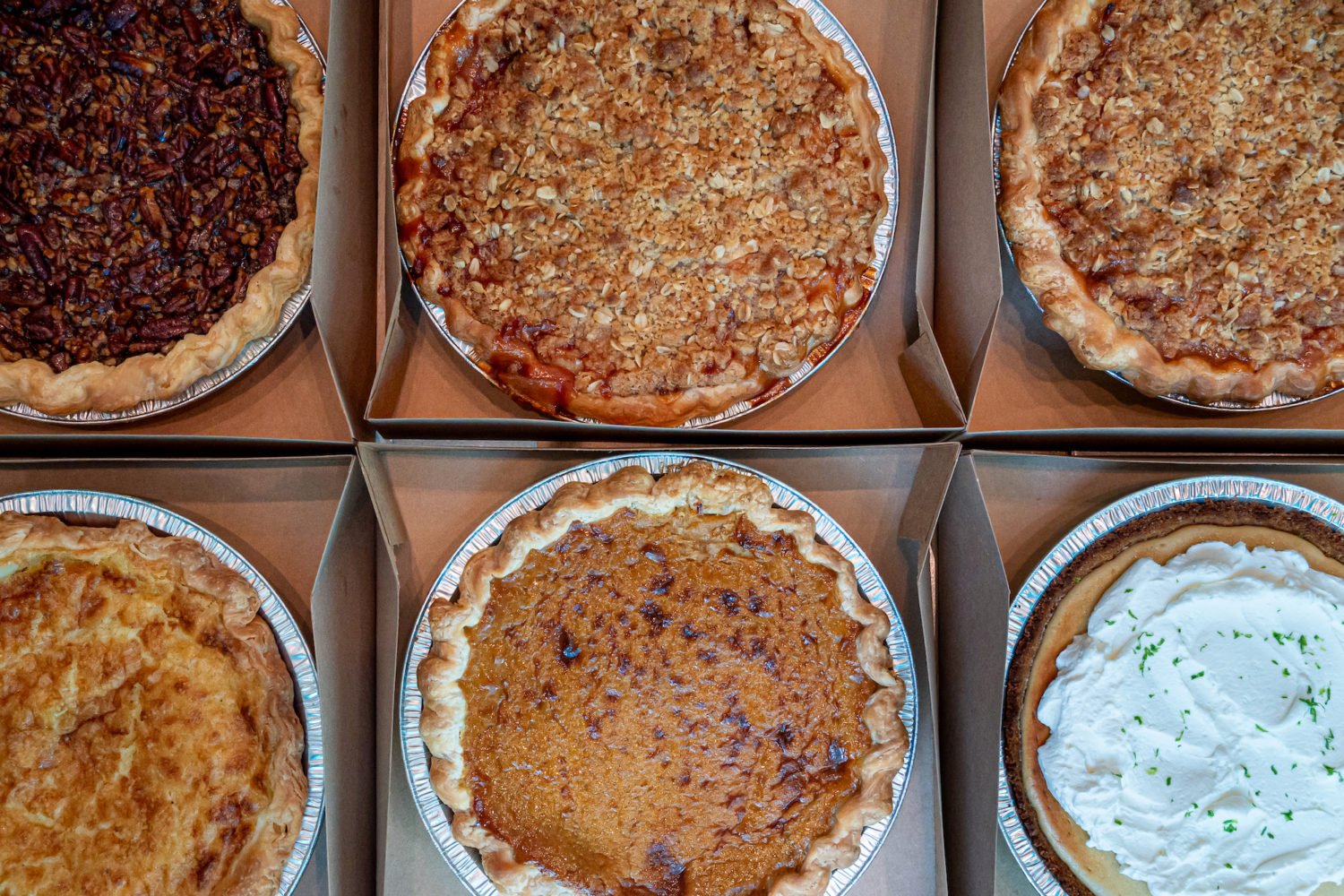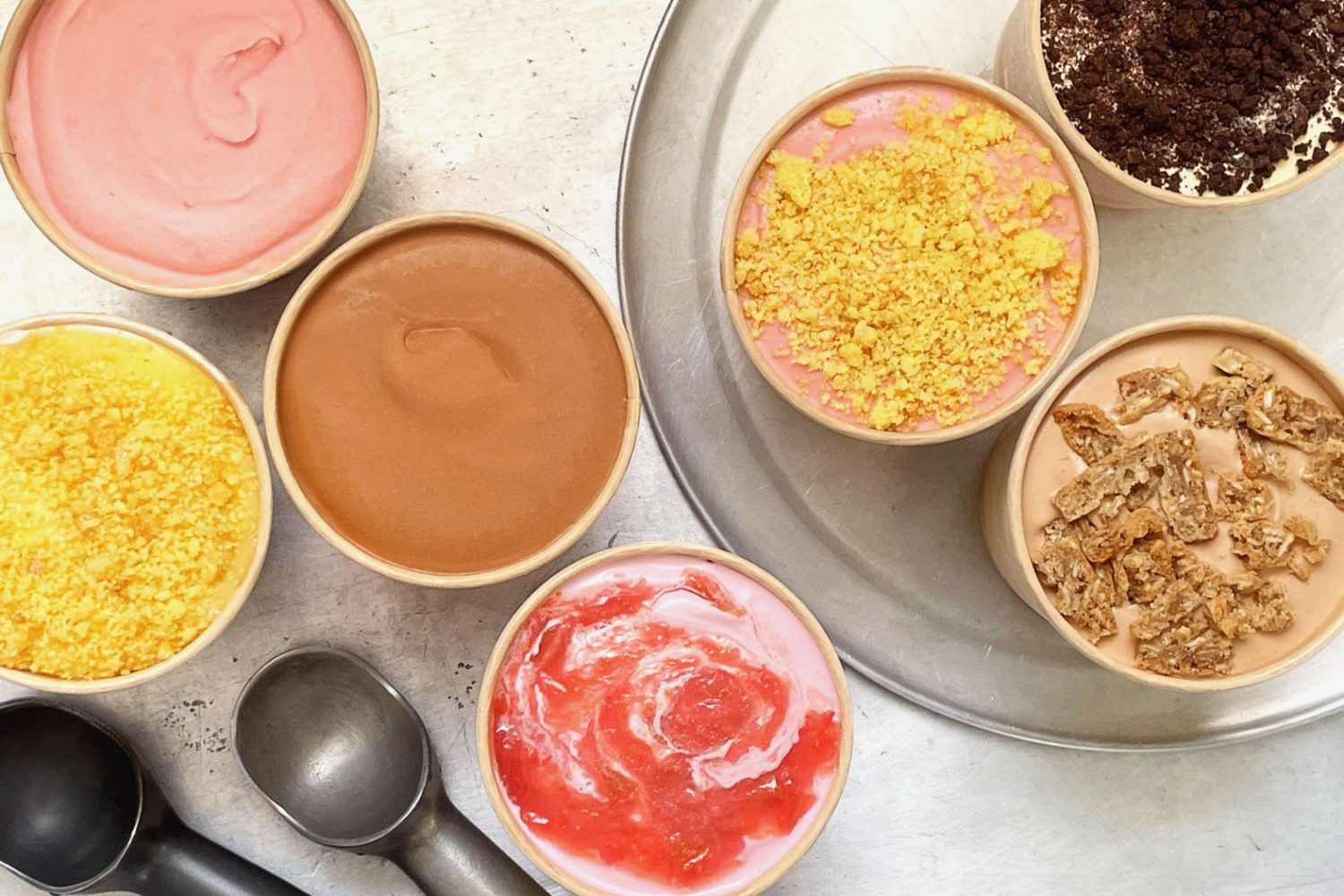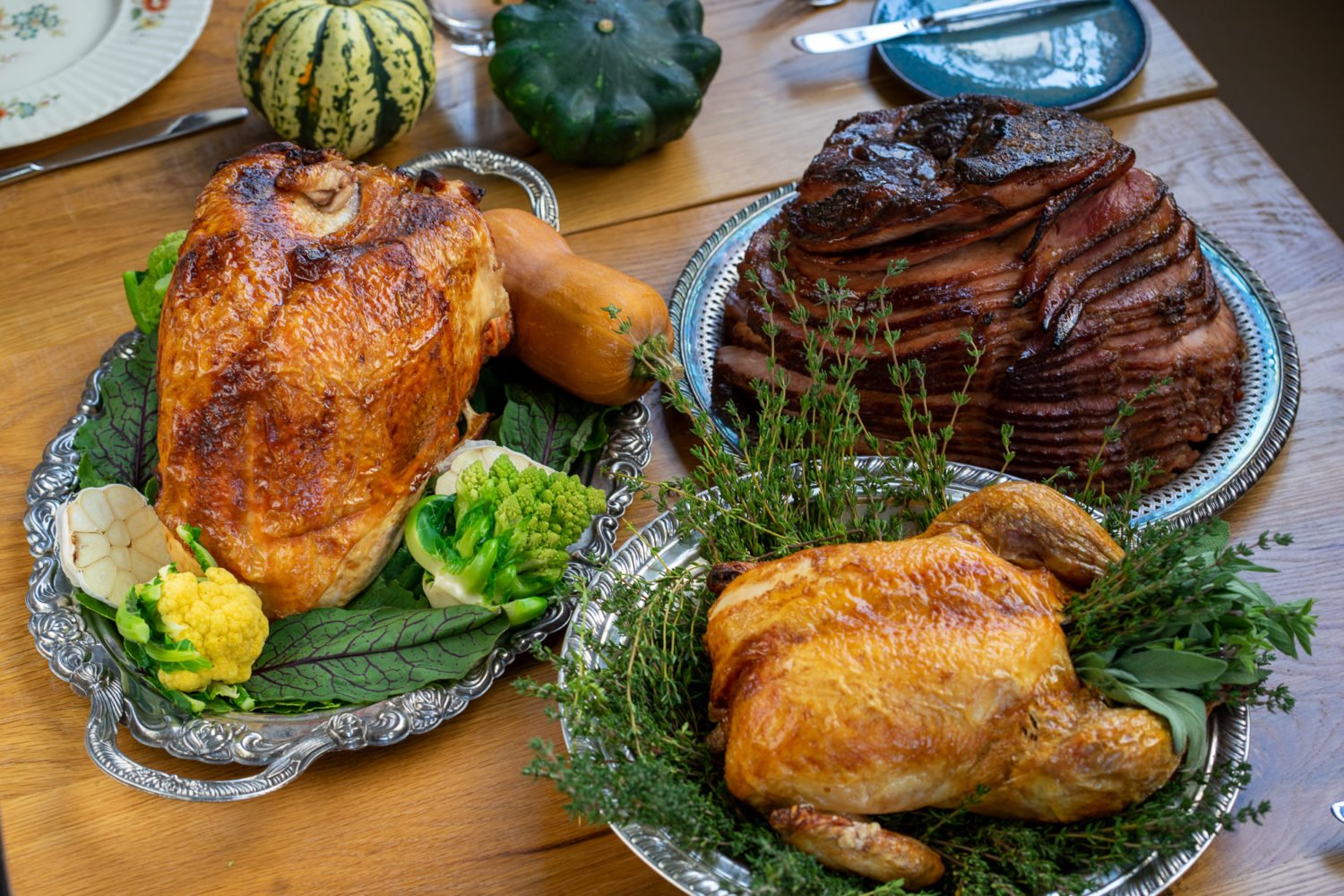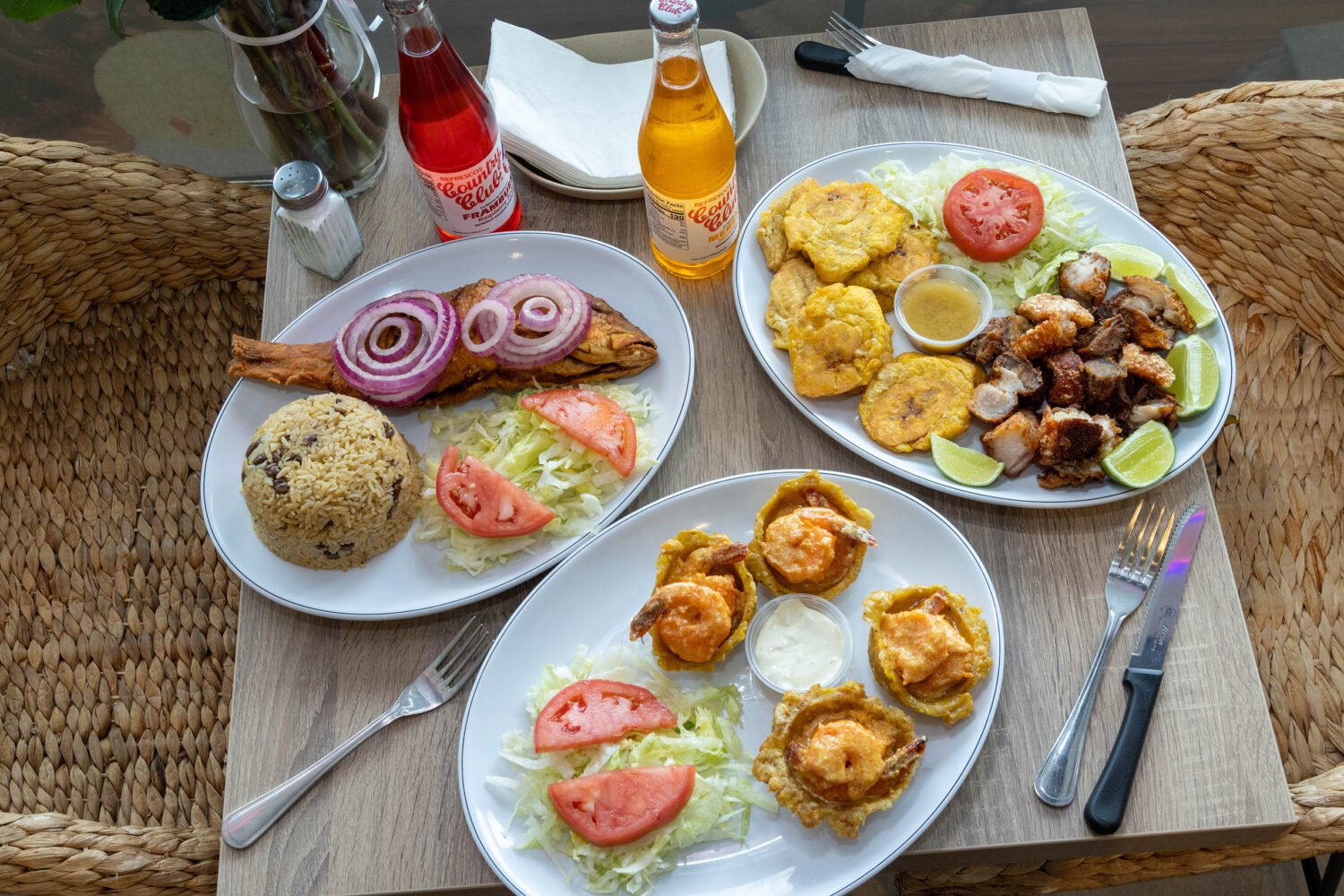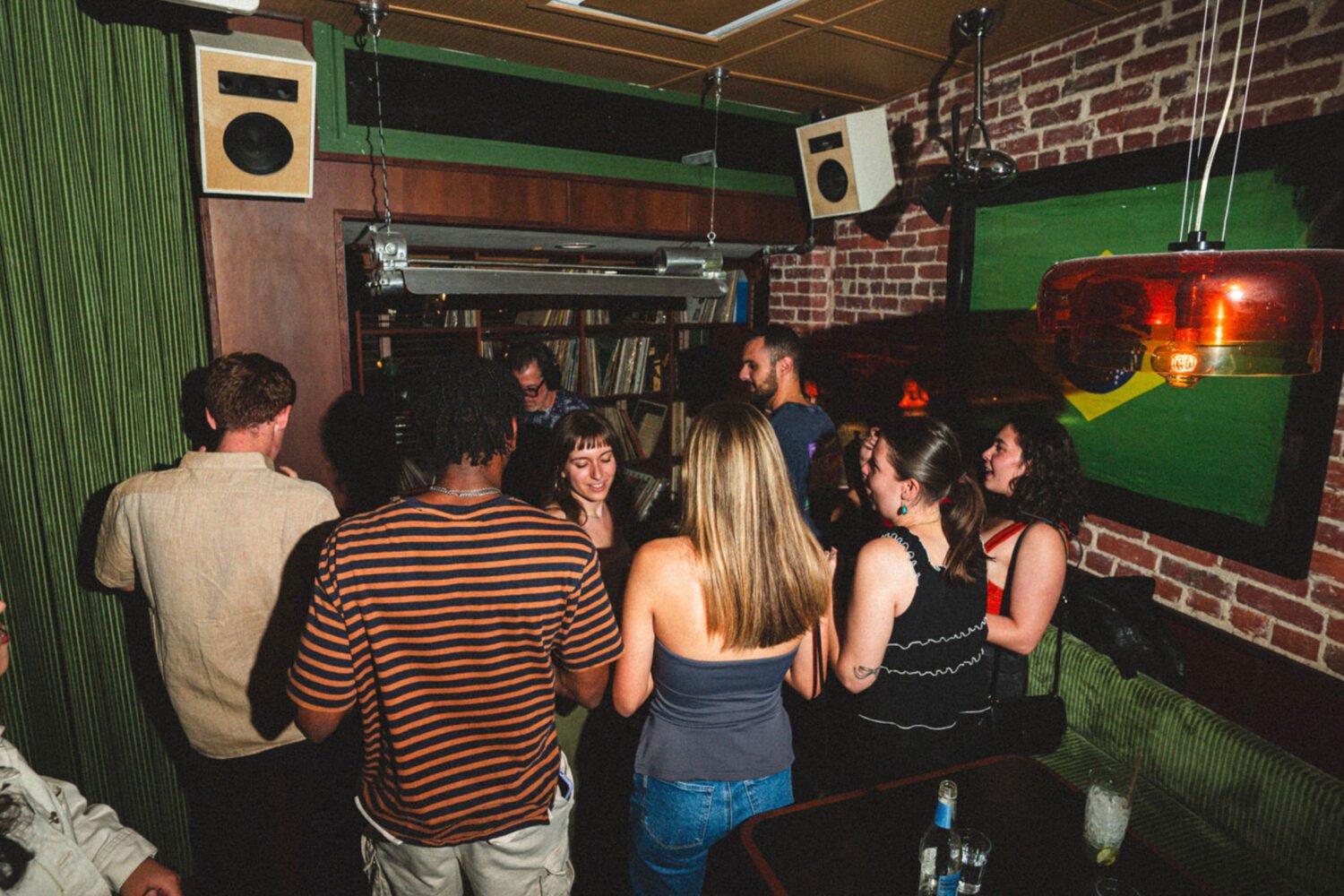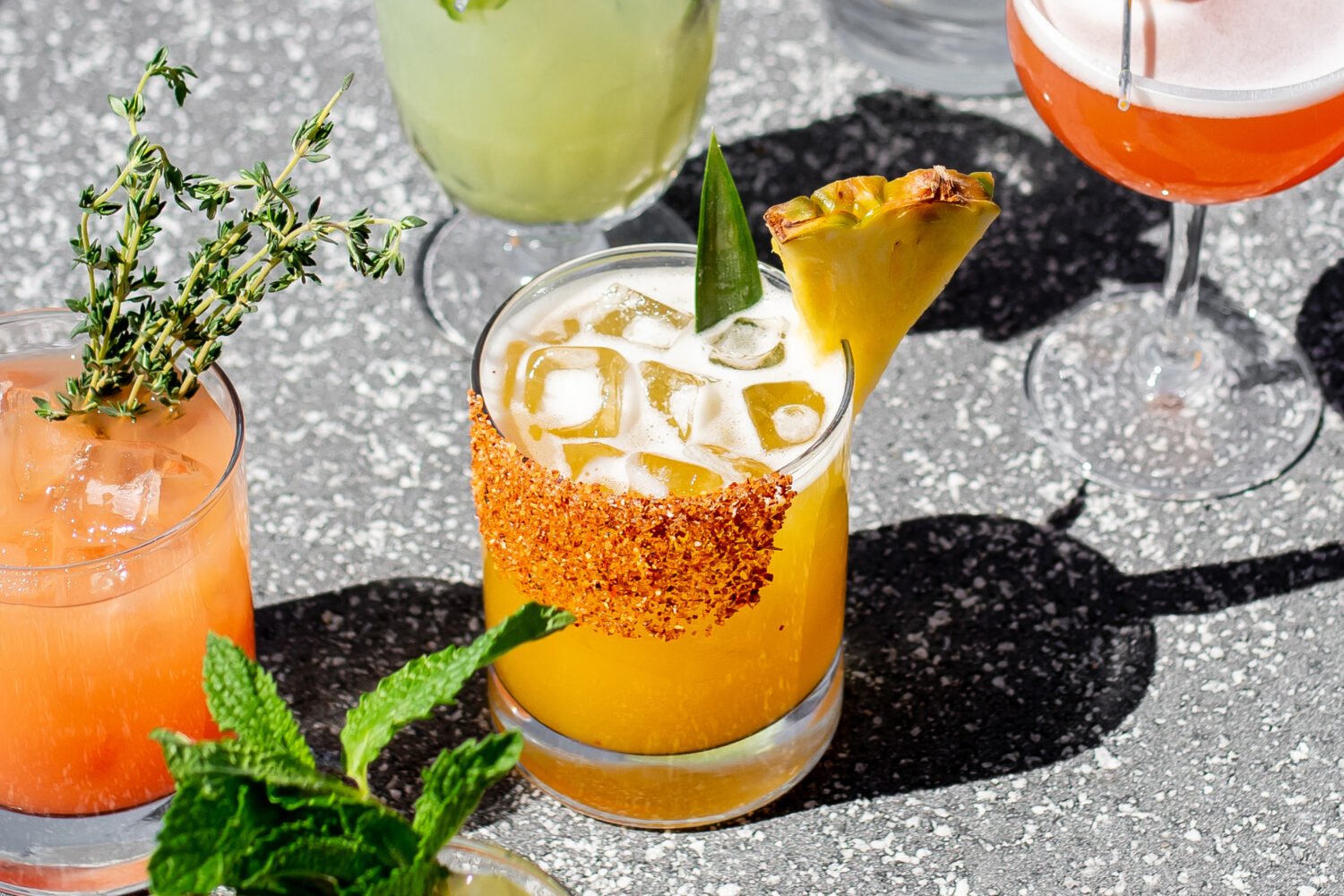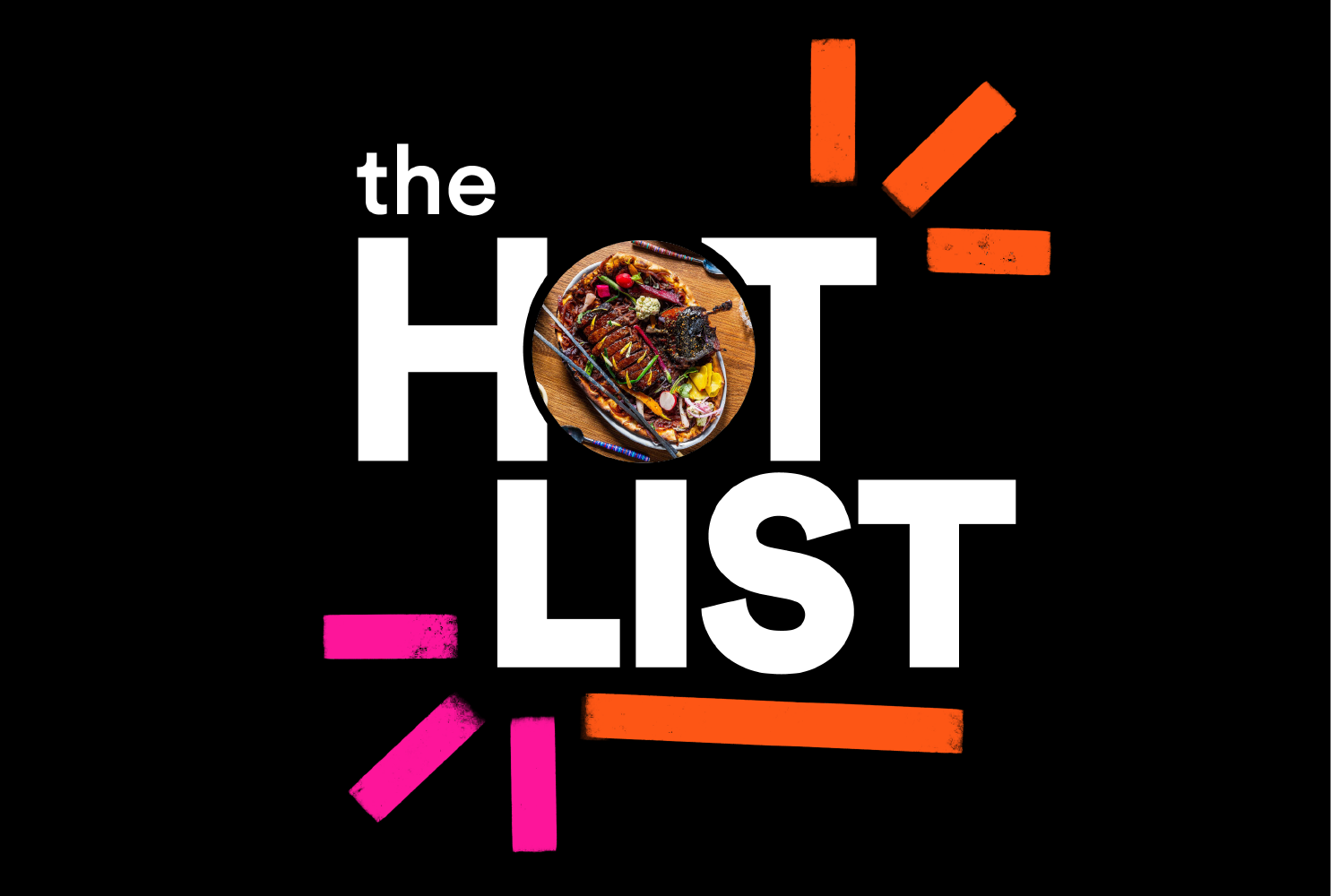DC’s 15-percent cap on the commission fees that third-party delivery platforms can charge restaurants expired this month. The DC Council initially set the fee ceilings in the early days of the pandemic as restaurants turned to takeout for survival. Under newly amended laws, however, delivery companies such as UberEats, DoorDash, and Grubhub only have to offer a 15-percent option for “core delivery service.” Now, the companies are telling restaurants they’ll have to pay more—up to 25 to 30 percent for local deliveries and as much as 55 percent for nationwide shipping—if the businesses want real visibility and reach on their apps.
After some backlash, at least a couple elected officials now say they want to close this loophole; Councilmember Brooke Pinto said this week that she plans to introduce emergency legislation to address exorbitant delivery fees. However it shakes out, there’s still a lot of confusion about the best way to order takeout if you want to support local restaurants. We asked a handful of operators for their thoughts.
Order directly through the restaurant’s website when possible.
Most restaurants have online ordering on their websites that integrates directly with the point-of-sales system. Even if delivery is contracted out to a third party, restaurants typically pay a relatively small fixed fee—which they can pass on to the customer or absorb themselves—instead of the commission percentage.
“If you know exactly what you want, it’s almost always better to order through the restaurant’s website. It does save us money,” says Ghostburger owner Josh Phillips. “Last month, we spent significantly more on delivery fees than we did on rent—and this is DC.”
Ordering through a restaurant’s website can also save customers a bit of cash. On the apps, customers pay service fees, and many places pad their prices to make up for their added costs. Plus, sometimes website menus have items that third-party menus do not. For example, Ghostburger offers a build-your-own burger takeout option only if you order from the Shaw restaurant directly.
Also worth noting: Phillips says he’s tested out the speed of receiving a delivery order from the apps vs. the restaurant’s website and has found no difference.
Pickup is generally preferred to delivery, if you can.
Pickup is more economical for both restaurants and customers. The apps’ fees are much lower— and sometimes non-existent if you’re ordering directly from the restaurant.
Plus, as Phillips says, “We like to talk to you guys. We like to connect with our customers… It helps restaurants in a lot of ways to eat in-person, even if it’s just picking up your food in-person.”
It doesn’t really matter which of the major delivery apps you use.
“It’s mostly the customer’s preference,” says Elias Tadesse, owner of Mount Vernon Triangle burger shop Mélange and Shaw fried-chicken joint Doro Soul Food, which are on DoorDash, UberEats, and Grubhub. “For us, it doesn’t matter. Our goal is to reach as many people as we can. If [the platforms] are going to do a change, they’re going to all do it at the same time.”
Don’t bother calling if online ordering is available.
Like millennials, many restaurants would rather you didn’t call. Some don’t even have public phone numbers. Even if you do get through to a real person, they’re likely stretched thin and probably have more pressing priorities.
“The call volume is so high that we would have to sacrifice some of the service for our guests dining in-house if we were to pick up every phone call,” says Eric Eden, an owner of Unconventional Diner and L’Ardente. Instead, most callers are routed to an automated message. “It’s very difficult for a restaurant to to have a full-time call center. So for the small- to medium-sized restaurants, likely your best bet is going to be to order online.”
Tadesse adds that a phone call can actually mess up the flow of the operation: “You’re not going to get your food faster just because you called in and talked to someone. Your ticket gets lost, it gets missed on the line. It just creates such a havoc. I do it sometimes for my friends, and I always regret it.”
Despite everything, there’s no shame in ordering through a major delivery app.
A lot of restaurateurs have a love-hate relationship with the third-party delivery companies, but they use these services for a reason and certainly don’t begrudge their customers for taking advantage of the convenience.
“I would never say anyone’s evil or not supporting restaurants properly if they’re ordering from these apps,” says Pie Shop owner Sandra Basanti, who’s been a vocal opponent of delivery-fee hikes. “The apps exist because nobody else could compete. Nobody else has the infrastructure and the fleet of drivers and the technology and the money behind them to pull this off, or else we all already would have.”
Tadesse says it doesn’t matter to him if someone only orders a drink, or even if they live a block away. “There’s nothing to be feeling bad about,” he says. “I don’t think any business owner has any opinion on how a person gets their food delivered to them. The most important thing is at least they bought from us when they have hundreds and hundreds of foods that are a click away.”
This story has been updated to clarify that the 55-percent commission fee applies to restaurants utilizing nationwide shipping.








